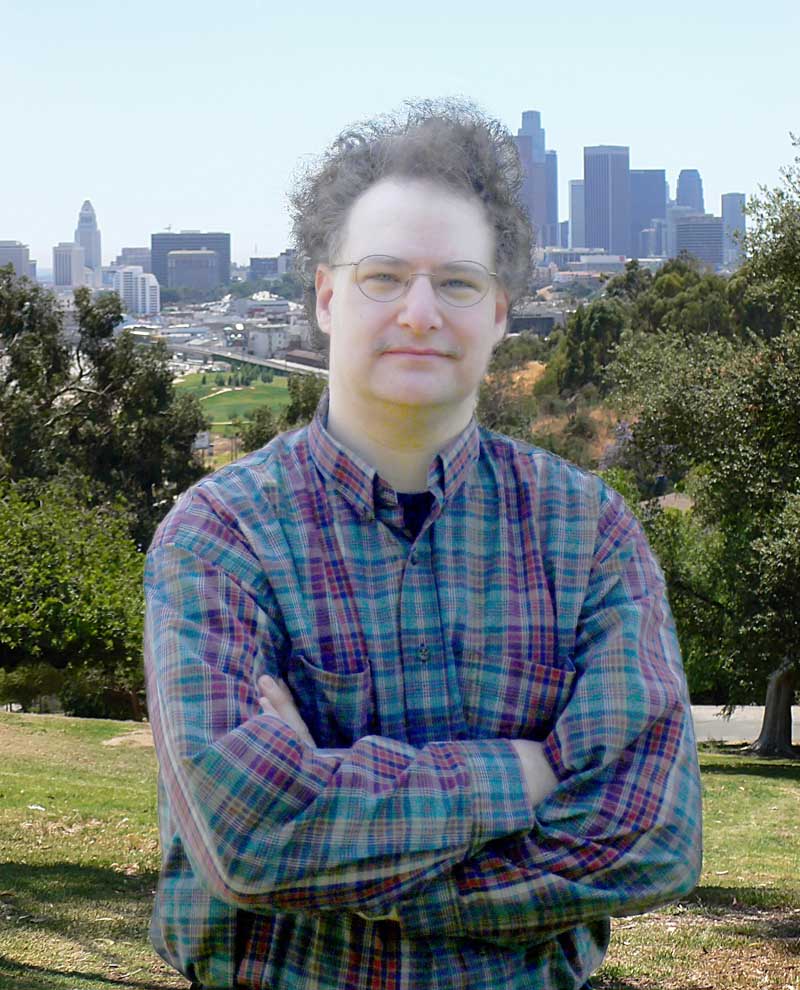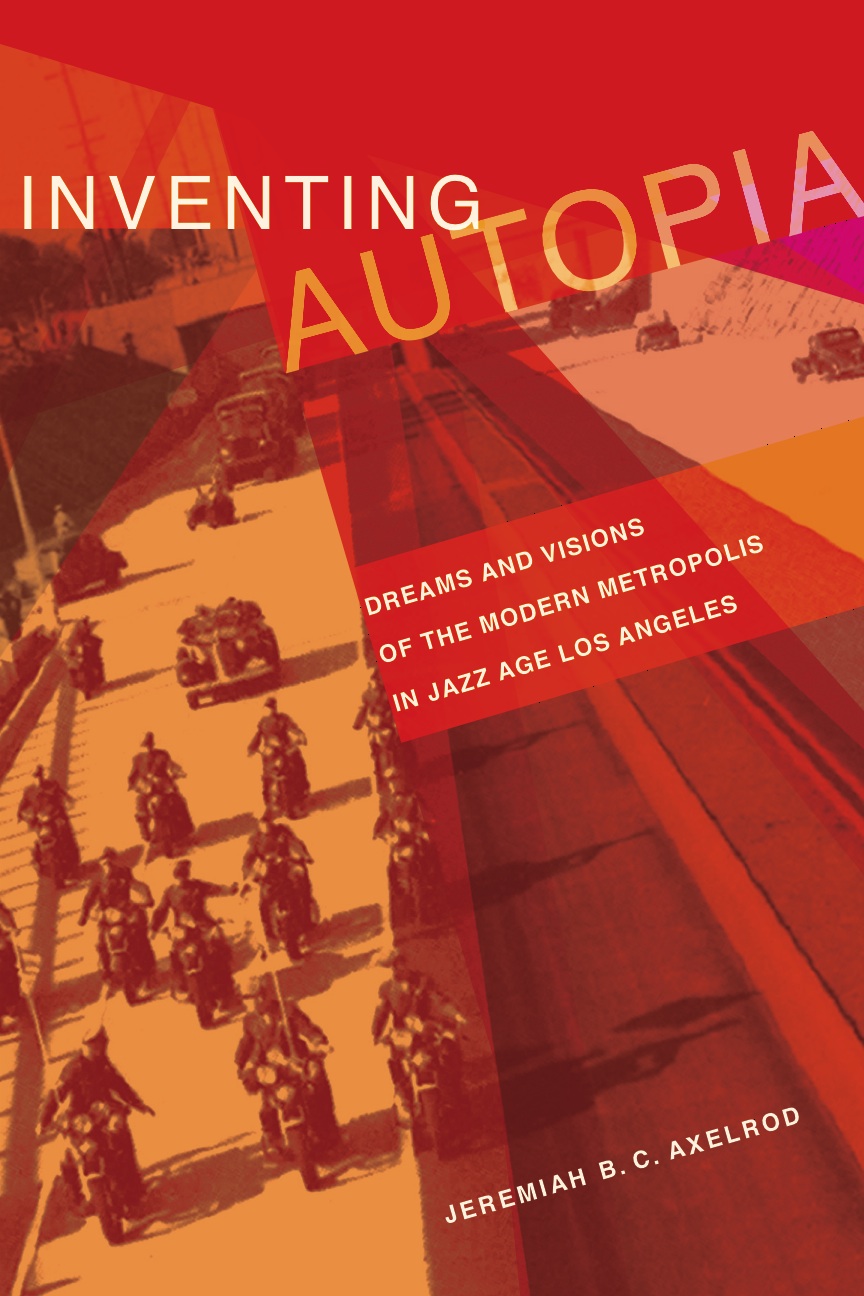
Jeremiah B.C. Axelrod

Jeremiah B.C. Axelrod
Here is my CV, in pdf format, along with a brief biography.
 Inventing Autopia: Dreams and Visions of the Modern Metropolis in Jazz Age Los Angeles
Inventing Autopia: Dreams and Visions of the Modern Metropolis in Jazz Age Los Angeles
In the 1920s, greater Los Angeles began to be deluged with automotive traffic. Local planning professionals believed they could use the region’s growing reliance on automobiles, and the public’s concern about congestion and danger, to remake the growing city as a new sort of modern metropolis. Following the inspiration of the garden city movement, and radically departing from the dominant concentric and vertical model of modern urbanity epitomized by eastern cities such as Chicago and New York, these experts believed the region could be remade into a decentralized paradise. Obsessed with urban visuality and legibility, rooted in an ideal of clear spatial segregation, they sought to envision what they imagined would be a perfectly harmonious and diagrammatically ordered cityscape. Through a series of defining political and ideological conflicts in the mid-1920s, it seemed indeed that planners had received a mandate for their efforts to realize these utopian dreams.
By the later years of the decade, however, Southern California had begun to deviate from any vision locals may have had for the region. Termed at the time “sprawl,” and striking many observers within the city and farther afield as profound urban illegibility, this novel topography represented the first signs of a nascent postsuburban form. Angelenos would attempt in the following years to make sense of their new urban geography. Indeed, by the 1930s, some visionaries would seek to import drastic landscape reconstruction technologies — such as the motor parkway, with its massive and disruptive earthworks — both to simulate a bucolic natural environment long since vanished and to resurrect nostalgic dreams of a harmonious and balanced urban modernity in Southern California. Although these plans, like so many before, would ultimately fail to realize a decentralized utopia in greater Los Angeles, ordinary Angelenos would themselves develop everyday techniques to perceive and make sense of their fragmented and sprawling built environment. In the process, they would develop entirely new understandings of urban visual order which promised, once more, to bring a degree of legibility to the fractured metropolis.
Please visit Computer Science Fictions to find out about another of my current research projects (including video).